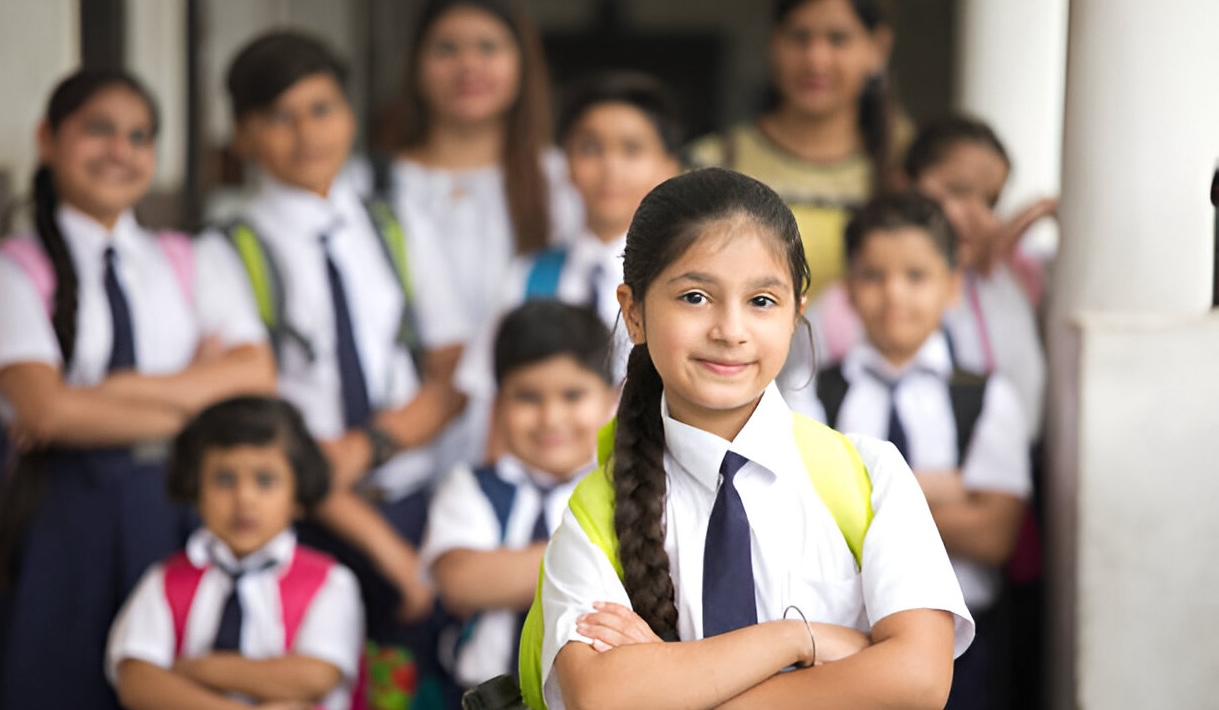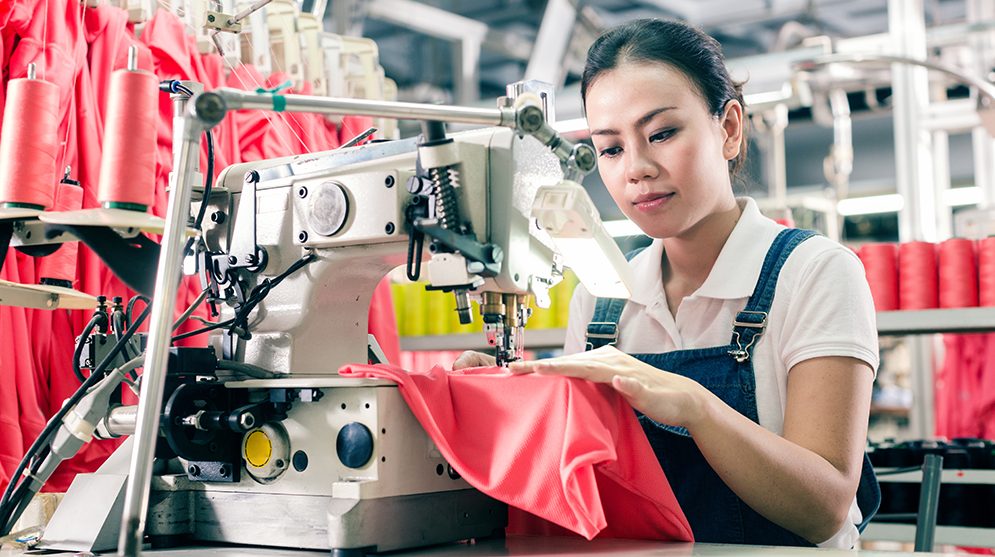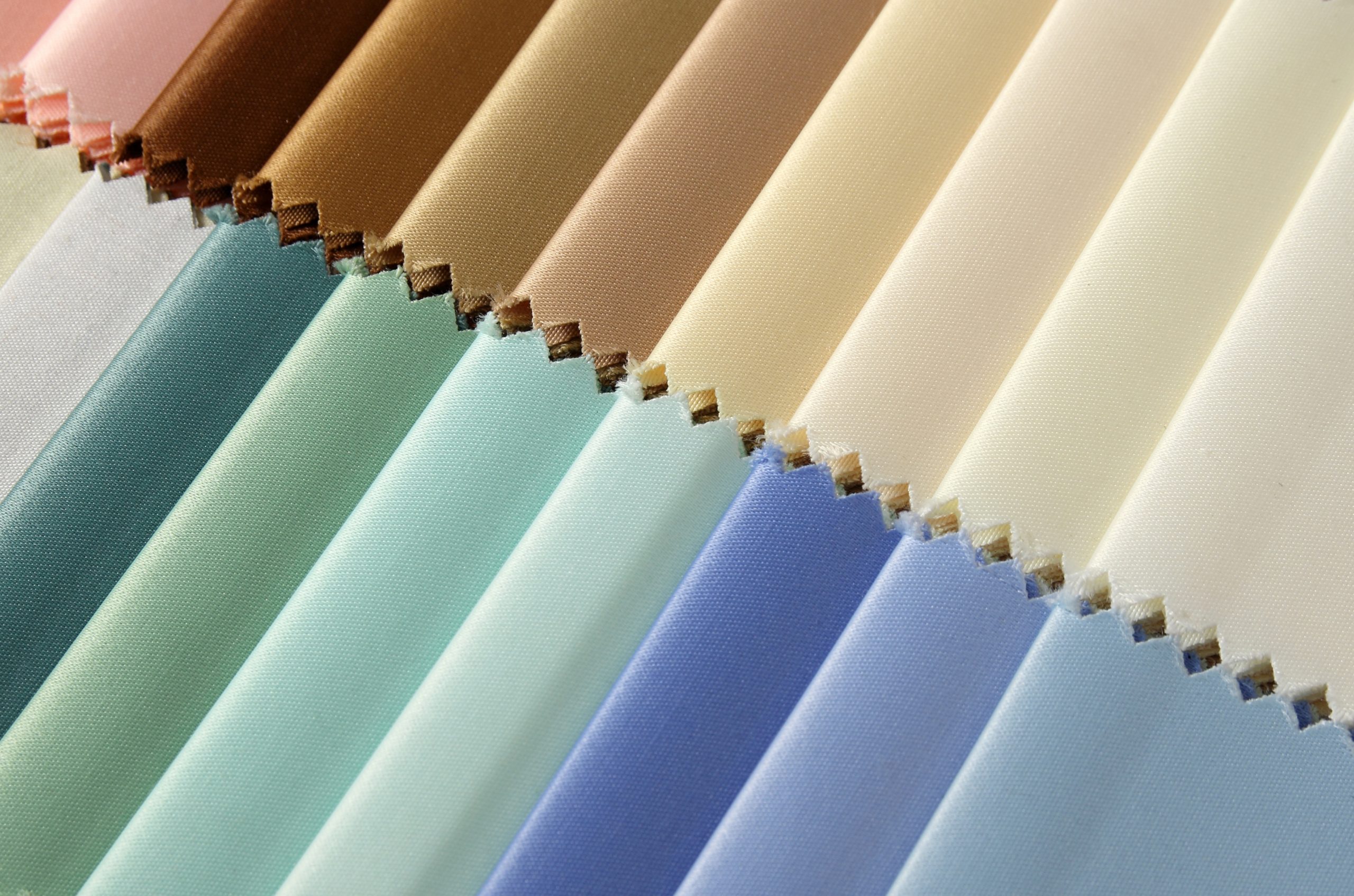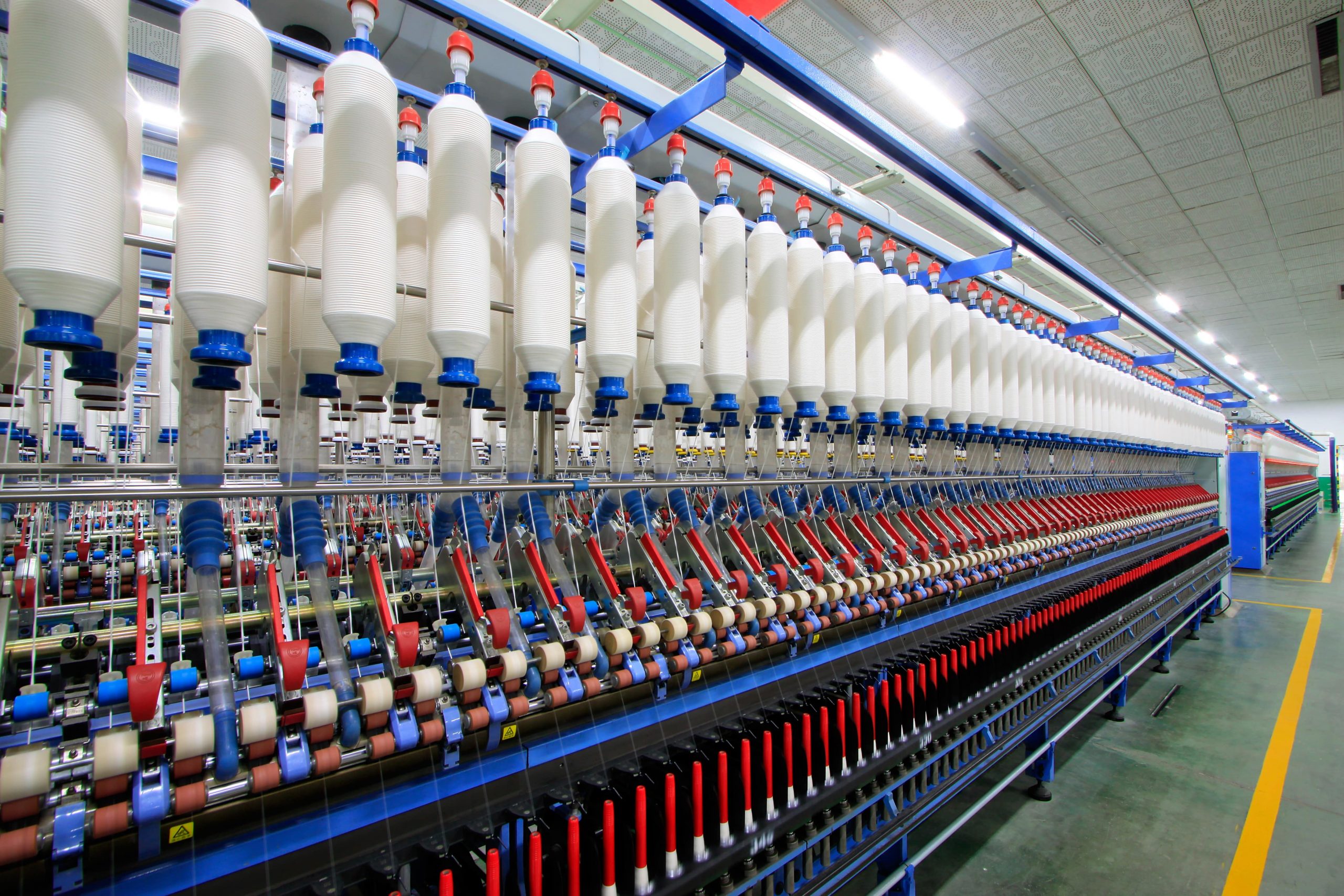School uniforms are a staple in educational institutions worldwide, providing a sense of unity, discipline, and identity among students. However, choosing the right fabric for these uniforms is crucial to ensure comfort, durability, and ease of maintenance. In this guide, we’ll explore the best fabrics for school uniforms, considering their unique characteristics and suitability for various climates and activities. Whether you’re a parent, school administrator, or uniform supplier, understanding these fabrics will help you make an informed choice.
1. Why Fabric Choice Matters in School Uniforms
Selecting the right fabric is more than just a matter of aesthetics; it directly impacts the wearer’s comfort, performance, and overall experience. Here are a few reasons why fabric choice is critical for school uniforms:
– Comfort: Students spend a significant portion of their day in uniforms. Comfortable fabrics that are soft against the skin can make a big difference in their focus and overall well-being.
– Durability: School uniforms need to withstand frequent washing and the rigors of daily wear and tear. Durable fabrics ensure the uniform lasts longer.
– Maintenance: Fabrics that are easy to care for reduce the burden on parents and caregivers, ensuring the uniform looks neat and professional with minimal effort.
– Seasonal Suitability: The fabric should be appropriate for the local climate, keeping students warm in winter and cool in summer.
2. Top Fabrics for School Uniforms
a. Cotton
Cotton is one of the most popular choices for school uniforms due to its natural properties and versatility.
– Breathability: Cotton is a breathable fabric, making it ideal for hot and humid climates. It allows air to circulate, preventing overheating and sweating.
– Softness: This fabric is gentle on the skin, reducing the risk of irritation and allergies, which is particularly important for younger children.
– Absorbency: Cotton absorbs moisture well, keeping students dry and comfortable.
– Durability: While pure cotton is prone to wrinkling and may shrink, blended cotton fabrics (like cotton-polyester) offer improved durability and maintenance.
Cotton is often used for shirts, blouses, and dresses, providing comfort and a crisp appearance. For a more durable option, opt for cotton blends that maintain the fabric’s comfort while enhancing its longevity and wrinkle resistance.
b. Polyester
Polyester is a synthetic fabric known for its durability and low maintenance, making it another excellent choice for school uniforms.
– Durability: Polyester is highly resistant to stretching, shrinking, and wrinkles. It can withstand frequent washing and rough use, making it ideal for active students.
– Moisture-Wicking: Many polyester fabrics are designed to wick moisture away from the body, keeping the wearer dry and comfortable.
– Quick Drying: Unlike natural fibers, polyester dries quickly, which is convenient for parents when washing uniforms mid-week.
– Color Retention: Polyester retains colors well, so uniforms maintain their vibrant look even after multiple washes.
Polyester is commonly used in pants, skirts, and blazers. It is often blended with other fabrics like cotton to combine the best properties of both materials.
c. Poly-Cotton Blends
Poly-cotton blends are a combination of polyester and cotton, offering the benefits of both fabrics.
– Comfort and Durability: The softness of cotton combined with the durability of polyester makes this blend a versatile choice for uniforms.
– Wrinkle Resistance: The polyester content helps reduce wrinkling and shrinkage, making the uniforms easier to care for.
– Cost-Effectiveness: Poly-cotton blends are generally more affordable than pure cotton or polyester, providing good value for money.
This blend is ideal for everyday schoolwear, including shirts, skirts, and pants, providing a balance between comfort, durability, and cost.
d. Wool
Wool is often used for winter uniforms, particularly for blazers and sweaters, due to its excellent insulating properties.
– Warmth: Wool is a natural insulator, keeping students warm during colder months.
– Breathability: Despite being warm, wool is breathable and helps regulate body temperature, preventing overheating.
– Durability: Wool is a durable fabric that maintains its shape and appearance over time, though it requires proper care.
While wool is not suitable for hot climates or everyday wear, it’s perfect for cold-weather uniforms, adding a classic and professional look to school attire.
e. Gabardine
Gabardine is a tightly woven fabric, usually made from cotton, wool, or polyester, known for its durability and water resistance.
– Durability: Gabardine is resistant to wrinkles, abrasions, and weather elements, making it ideal for trousers, skirts, and blazers.
– Water Resistance: The tight weave of gabardine provides some resistance to water, which is useful for uniforms in rainy climates.
– Structured Appearance: Gabardine uniforms maintain a neat and structured appearance, perfect for formal school settings.
This fabric is often used in blazers and pants, providing a polished look that is both practical and professional.
f. Twill
Twill is a durable fabric with a diagonal weave pattern, often used for uniforms that require extra durability, like pants and skirts.
– Durability: Twill is resistant to tears and abrasions, making it a good choice for active students.
– Stain Resistance: The tight weave helps resist stains, keeping uniforms looking clean and neat.
– Comfort: Despite its durability, twill is soft and comfortable, making it suitable for everyday wear.
Twill is commonly found in school trousers, skirts, and blazers, offering a combination of durability and comfort.
3. Seasonal Considerations for School Uniform Fabrics
Choosing the right fabric for school uniforms also involves considering the climate and seasonality:
– Summer: Lightweight fabrics like cotton or cotton blends are ideal for hot weather. These materials allow air circulation and absorb sweat, keeping students cool and comfortable.
– Winter: For colder climates, wool, or wool blends provide the necessary warmth and insulation. Layering options like sweaters and blazers in these fabrics are perfect for keeping students warm.
– Rainy Season: For regions with frequent rain, water-resistant fabrics like gabardine or twill are ideal, ensuring the uniform remains presentable and comfortable.
4. Fabric Care Tips for School Uniforms
Proper care can extend the life of school uniforms and keep them looking good throughout the school year. Here are some tips for maintaining different fabrics:
– Cotton and Blends: Wash in cold water to prevent shrinkage and fading. Use a gentle cycle and mild detergent.
– Polyester and Blends: Use a warm wash cycle and avoid high heat drying to prevent damage. Polyester dries quickly, so air drying is often sufficient.
– Wool: Dry clean or hand wash with a mild detergent. Avoid wringing or stretching to maintain the fabric’s shape.
– Gabardine and Twill: Machine wash on a gentle cycle and iron on a low setting to maintain the fabric’s structure.
5. Choosing the Best Fabric for School Uniforms
The best fabric for school uniforms depends on various factors, including the climate, the age and activity level of the students, and maintenance requirements. Cotton and poly-cotton blends offer comfort and versatility, while polyester provides durability and low maintenance. Wool and gabardine are ideal for colder climates and formal settings, and twill provides extra durability for active students.
By understanding the unique properties of each fabric, you can make an informed choice that ensures students stay comfortable, the uniforms last longer, and parents have an easier time maintaining them. Whether you’re selecting fabrics for a school uniform policy or purchasing uniforms for your child, this guide provides the information you need to make the best decision.
For any questions or further guidance, feel free to reach out to us. We’re here to help you choose the best fabrics for your school uniforms, ensuring students look sharp and feel comfortable throughout their school day.



